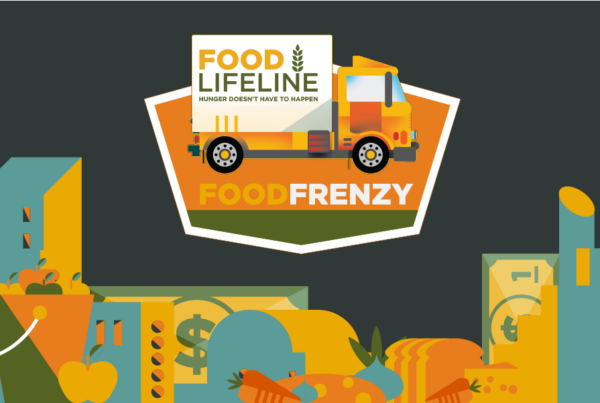The reduced-price and free lunches available to students during the school year ensure low-income kids get at least one good meal during the day. But what about summer vacation, when school is out and these meals go away?
Originally published on Aug. 22 in The Seattle Times
The reduced-price and free lunches available to students during the school year ensure low-income kids get at least one good meal during the day. But what about summer vacation, when school is out and these meals go away?
While 472,000 kids in Washington state count on these programs during the school year, only 10 percent of them get food from summer programs.
Children across the country go hungry during the summer. Research by the Journal of Children and Poverty in 2006 showed that the prevalence of hunger for U.S. families with school-age children increases by 34 percent in the summer months.
In Western Washington, this is just not acceptable. With such plentiful amounts of food that could fulfill the needs of all children, hunger is really a matter of logistics. There are many logistical barriers to getting people fed — such as how to locate and redirect food that would otherwise be wasted, how to get kids to food-assistance programs or just how to let people know the programs exist. But because the problems are logistical, they are solvable.
 At the nonprofit Food Lifeline, we recognize and solve those issues by getting kids the food they need when they need it most. Through our Kids Cafe program, we bring food to kids in need, reaching them where they already live, learn and play. Kids Cafes are located in high-need communities, where more than half of the students qualify for free and reduced-price lunches at school.
At the nonprofit Food Lifeline, we recognize and solve those issues by getting kids the food they need when they need it most. Through our Kids Cafe program, we bring food to kids in need, reaching them where they already live, learn and play. Kids Cafes are located in high-need communities, where more than half of the students qualify for free and reduced-price lunches at school.
But Kids Cafes solve only a portion of the problem. Legislative efforts are also needed.
U.S. Sen. Patty Murray, D-Wash., is sponsoring the Stop Child Summer Hunger Act. The bill is meant to supplement other summer meal programs and reduce hunger by improving access to nutritious food. Based on a successful pilot program, the bill would provide electronic benefit transfer, or EBT, cards during the summer for families to use at grocery stores, eliminating the transportation challenge of getting to summer meal sites and reaching those who do not know of summer programs in their community. The bill would cost $41.8 billion over 10 years.
Another great example of legislation that can help address child hunger in the summer months is one introduced by U.S. Rep. Rick Larsen, D-Everett. Called the Summer Meals Act of 2014, it would expand eligibility, remove red tape for local organizations serving summer meals and make food more available during weekends and afternoons. Perhaps most importantly, it would provide grants to local agencies to provide transportation for kids in rural areas.
One in four children in Washington state is at risk of going hungry this summer. Food Lifeline supports these two important bills and applauds Sen. Murray and Rep. Larsen for bringing attention and action to this issue. If you do too, please contact your representatives and tell them.





